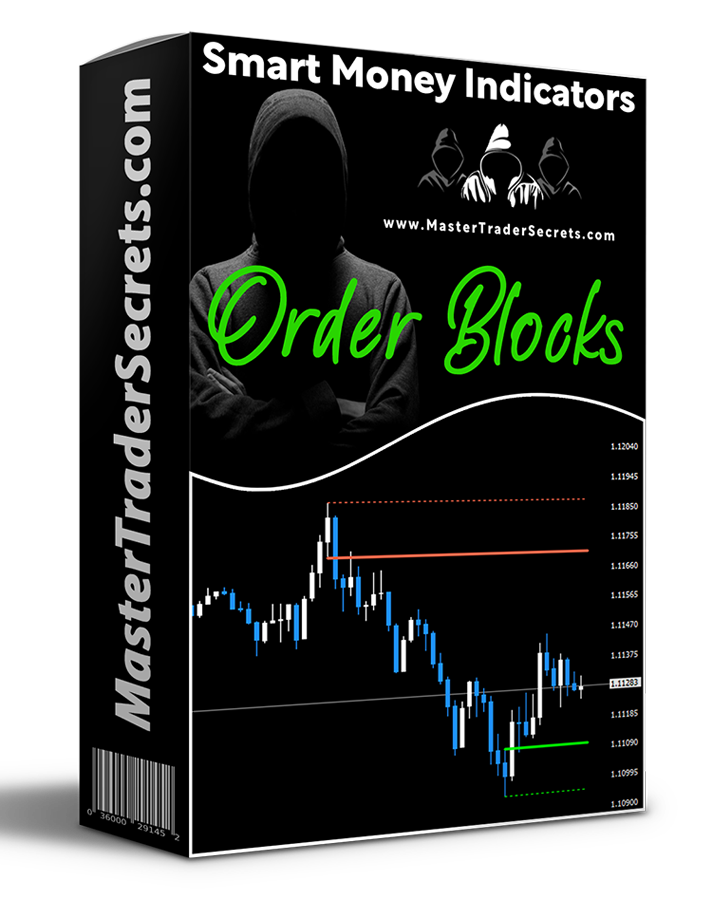What is a trading indicator?
A trading indicator is a mathematical calculation or visual representation of market knowledge utilized by merchants and investors to investigate and forecast future price movements in financial markets. These indicators help merchants make knowledgeable choices about shopping for or promoting assets similar to stocks, currencies, commodities, or cryptocurrencies. Trading indicators are an important a half of technical evaluation, a methodology that depends on historical value and volume knowledge to predict future price developments. There are numerous kinds of buying and selling indicators, each serving a specific objective. Some common forms of trading indicators embody: Moving Averages (MA): Moving averages clean out value information by calculating the typical worth over a specified time interval. They help establish developments and provide help and resistance ranges. Relative Strength Index (RSI): The RSI measures the pace and change of price movements to assess whether or not an asset is overbought or oversold. Best MT4 Indicator ranges from 0 to one hundred, with levels above 70 indicating overbought circumstances and ranges below 30 indicating oversold circumstances. Moving Average Convergence Divergence (MACD): The MACD is a trend-following momentum indicator that consists of two moving averages and a histogram. It helps determine modifications within the strength, course, and period of a development. Bollinger Bands: Bollinger Bands include a center band (a moving average) and two outer bands that characterize commonplace deviations from the middle band. They help determine volatility and potential reversal points. Stochastic Oscillator: The stochastic oscillator compares the closing price of an asset to its price range over a specified interval. It offers information about potential trend reversals. Ichimoku Cloud: The Ichimoku Cloud is a comprehensive indicator that gives information about assist and resistance levels, pattern course, and momentum. It consists of a quantity of lines and a cloud space. Fibonacci Retracement: Fibonacci retracement levels are primarily based on the Fibonacci sequence and are used to establish potential support and resistance levels. Traders use these ranges to predict worth retracements. Volume Oscillators: Volume indicators, such as the On-Balance Volume (OBV), focus on buying and selling volume. They assist assess the energy of price movements and potential development reversals. Average True Range (ATR): The ATR measures market volatility by calculating the typical vary between high and low costs over a specified period. It helps merchants set stop-loss and take-profit levels. Parabolic SAR (Stop and Reverse): The Parabolic SAR indicator provides potential entry and exit points by plotting dots above or under the value chart. It helps determine pattern reversals. Williams %R: Williams %R is a momentum oscillator that measures overbought and oversold conditions. It ranges from -100 to 0, with values beneath -80 indicating oversold circumstances and values above -20 indicating overbought conditions. Average Directional Index (ADX):  The ADX measures the energy of a development, no matter its course. It helps merchants assess the power of a current trend and potential trend reversals. Traders use a mix of these indicators and others to develop buying and selling strategies, make informed choices, and manage danger. It's essential to note that trading indicators usually are not foolproof, and merchants should use them along side different types of evaluation and threat management strategies. Additionally, the choice of indicators and their parameters can range relying on the trader's specific trading style and targets..
The ADX measures the energy of a development, no matter its course. It helps merchants assess the power of a current trend and potential trend reversals. Traders use a mix of these indicators and others to develop buying and selling strategies, make informed choices, and manage danger. It's essential to note that trading indicators usually are not foolproof, and merchants should use them along side different types of evaluation and threat management strategies. Additionally, the choice of indicators and their parameters can range relying on the trader's specific trading style and targets..